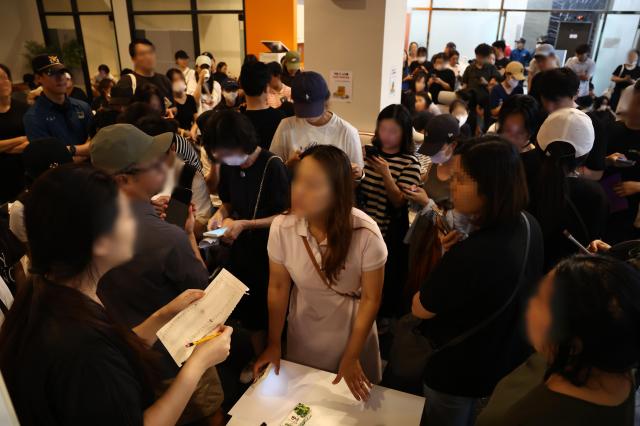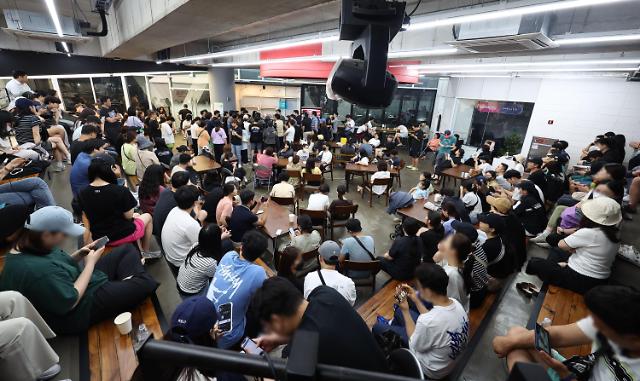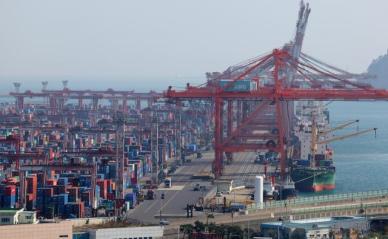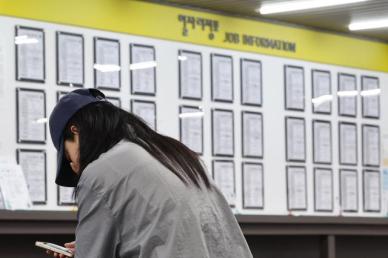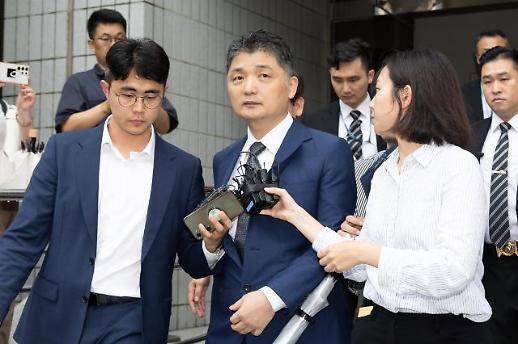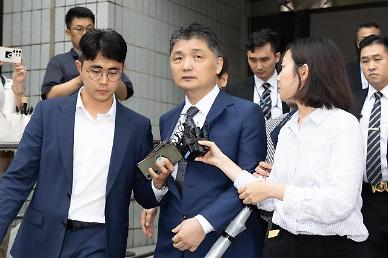The introduction of the tourist site, which has been formally recommended by the Japanese government for a UNESCO World Heritage listing, appeals to history enthusiasts at first reading. But it conceals a dark history of human rights abuses and war crimes regarding Korean forced labor during World War II.
Sado Kinzan, discovered and mined starting in 1601, was the largest gold and silver mine in the Edo period throughout the 17th century. By the end of the 18th century, numerous unregistered dwellers in cities like Edo and Osaka were kidnapped by the Tokugawa government to toil 24/7, draining and mining the extended tunnels underground. As widely known to locals, an order to the Sado mines was a death sentence.
During World War II, this natural treasure was used to finance Japan's invasion of its Asian neighbors. When the Korean Peninsula was under Japanese colonial rule, over 2,000 Koreans were forced to labor in the mine. Statistics cited by The Diplomat indicate approximately 70 percent of Koreans forced to work at Japanese mines made harrowing escape attempts because of the unbearable conditions. Their memories were fraught with endless toiling in dark tunnels with no sunshine and no hope for freedom.
At today's Sado Kinzan site, full-size dolls and robots are displayed to present the activities of the miners. What the models fail to show, however, is how desperate Korean labors were forced to abandon their families and give their lives.
Since 2005, Niigata and Sado prefectures have promoted Sado Kinzan as a UNESCO project. Officials at Japan's Cultural Affairs Agency have said the site offered a rare example of how traditional manual mining technology was improved, as machinery began being introduced in other mines around the world up to the 19th century. By deliberately limiting the time frame of the site's history to the Edo period, the Japanese government covers up the the mine's dark side.
In 2015, Hashima, where many Koreans were forced to work in coal mines, was registered as a UNESCO World Heritage Site. Back then, Japan promised to exhibit the history of forced mobilization of workers and take measures to honor the victims. After being enrolled in the list, the Tokyo Industrial Heritage Information Center instead displayed documents showing how well the miners were treated and disregarded their suffering. Last July, the UNESCO World Heritage Committee passed a unanimous resolution expressing misgivings over Japan's failed pledge to disclose facts about the use of forced Korean labor at Hashima during World War II.
The Japanese government is a habitual manipulator of history, accustomed to skewing facts while ignoring the painful memories of its neighbors. Sado Kinzan is just the latest attempt by the Japanese government to whitewash its past through carefully curated historical sites.
The only way for Japan to successfully bid for a world heritage listing is to seriously repent over its war history and make sincere apologies to its Asian neighbors for its crimes and atrocities.
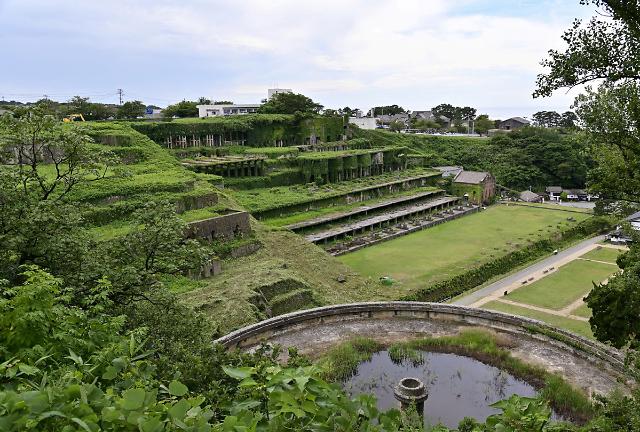
General view shows Kitazawa Flotation Plant at ruins of Aikawa Gold and Silver Mine in Sado on Sado Island, Japan August 19, 2021 [Photo / Agencies]

